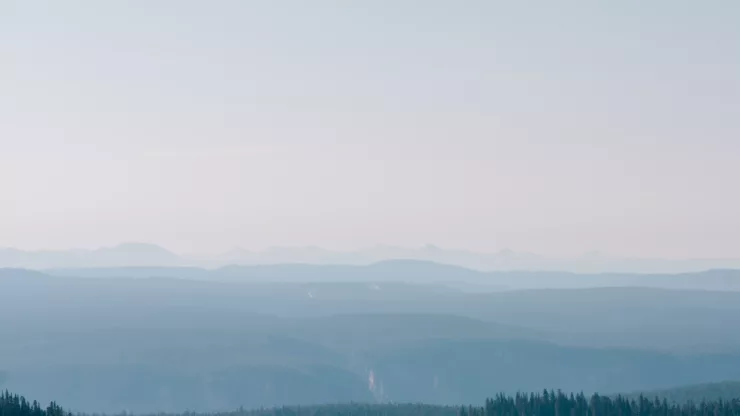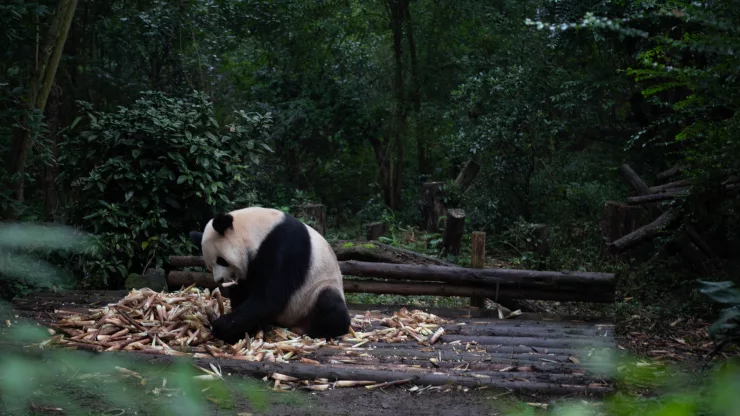Jump to Section
Discovering the Wonders of the Gobi Desert
The Gobi Desert is a vast and fascinating region that spans across Mongolia and China.
From its rugged landscapes to its unique wildlife and rich history, the Gobi offers a wealth of experiences for adventurous travelers.
In this article, we’ll take you on a journey through the Gobi Desert, exploring its wonders and meeting its inhabitants along the way.
From Mongolia to China: A Journey through the Gobi
The Gobi Desert covers over 500,000 square miles and stretches across southern Mongolia and northern China.
It’s a land of stark contrasts, with towering sand dunes, rugged mountains, and vast grasslands.
To truly experience the Gobi, you’ll need to embark on a journey through both Mongolia and China.
In Mongolia, you can explore the Gobi Gurvansaikhan National Park, which boasts some of the most spectacular landscapes in the entire desert.
Here, you can hike through canyons, climb sand dunes, and even spot some of the region’s unique wildlife, such as the wild Bactrian camel and the elusive snow leopard.
In China, the Gobi takes on a different character, with ancient fortresses, temples, and caves scattered throughout the region.
The Dunhuang Mogao Caves, for example, are a UNESCO World Heritage site and contain some of the world’s most impressive Buddhist art.
Meeting the Unique Wildlife of the Gobi Desert
One of the most exciting aspects of the Gobi Desert is its unique wildlife.
The region is home to a variety of fascinating and endangered species, many of which are found nowhere else on earth.
Some of the most iconic animals of the Gobi include:
-
Bactrian camel: This two-humped camel is well adapted to the harsh desert environment and is a common sight in the Gobi.
-
Snow leopard: This elusive predator is one of the most endangered big cats in the world and is rarely seen by humans.
-
Gobi bear: Also known as the Mazaalai, this small bear is found only in the Gobi and is critically endangered.
-
Gobi jerboa: This tiny rodent is known for its long hind legs, which allow it to hop quickly through the sand.
Exploring the Culture and History of the Gobi Region
The Gobi Desert is also rich in culture and history, with a fascinating mix of ancient civilizations and modern-day nomadic tribes.
Some of the highlights of the region include:
-
The Silk Road: The Gobi was an important stop on the ancient Silk Road trade route, which connected China to the Mediterranean.
-
Nomadic tribes: Many of the people who live in the Gobi today are nomadic herders, who move their livestock from place to place in search of water and grazing land.
-
Ancient ruins: Throughout the Gobi, you’ll find the remains of ancient civilizations, from the Great Wall of China to the ruins of Genghis Khan’s empire.
===FAQ
What is the best time of year to visit the Gobi Desert?
The best time to visit the Gobi Desert is between May and September when the weather is warm and dry.
However, temperatures can vary greatly from day to night, so be sure to bring warm clothing.
Is it safe to travel to the Gobi Desert?
Yes, it is generally safe to travel to the Gobi Desert, but it’s important to take precautions and travel with a reputable tour guide.
The desert can be inhospitable and dangerous, with extreme temperatures and limited access to water and medical facilities.
How can I get to the Gobi Desert?
The easiest way to get to the Gobi Desert is to fly into Ulaanbaatar, the capital of Mongolia, or one of the major cities in northern China.
From there, you can either join a tour group or hire a private driver to take you into the desert.
I’m a nature enthusiast and creator of Metro Wilds and have spent years exploring the great outdoors.
With a passion for environmental conservation and sustainability, I have dedicated my career to writing about the beauty and wonders of nature, as well as the threats facing our planet.
Contact me at [email protected] for assistance.





